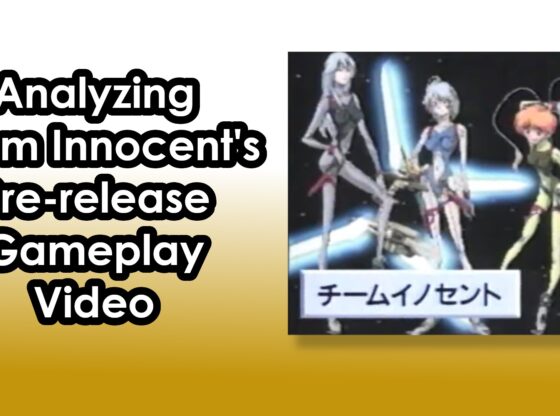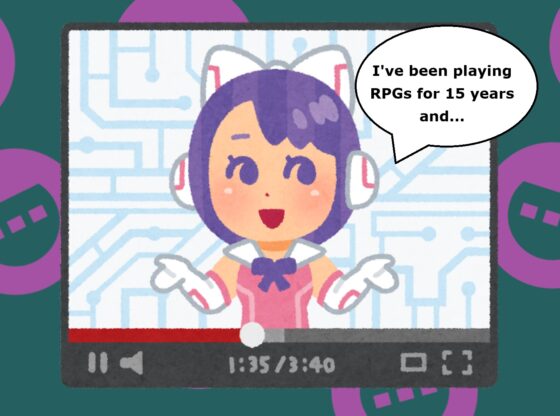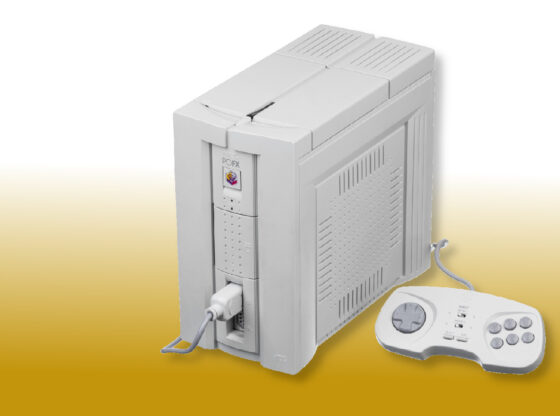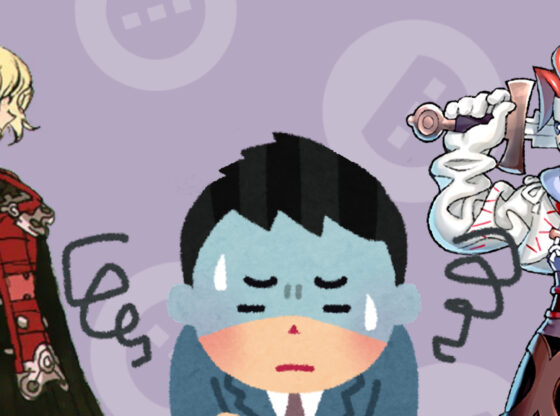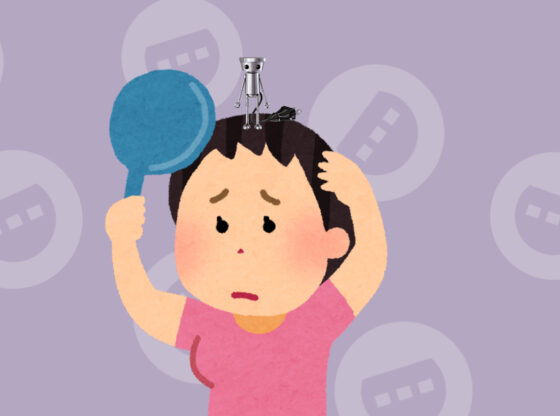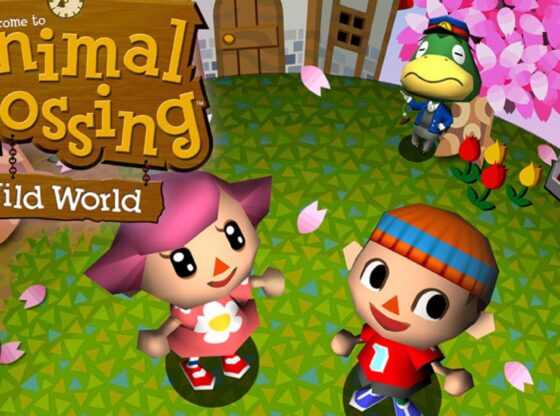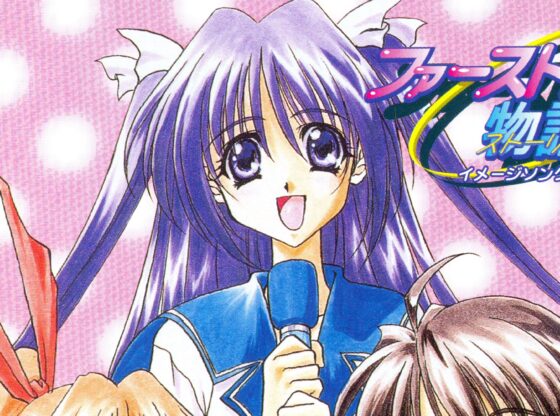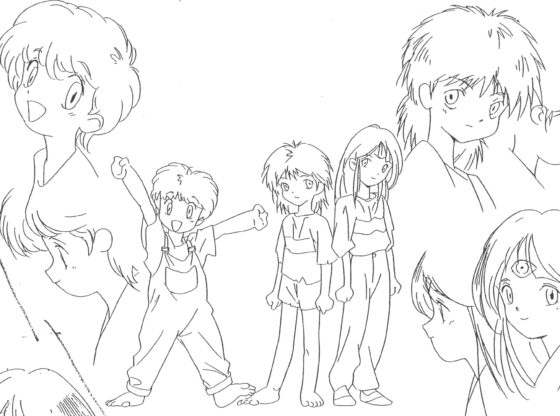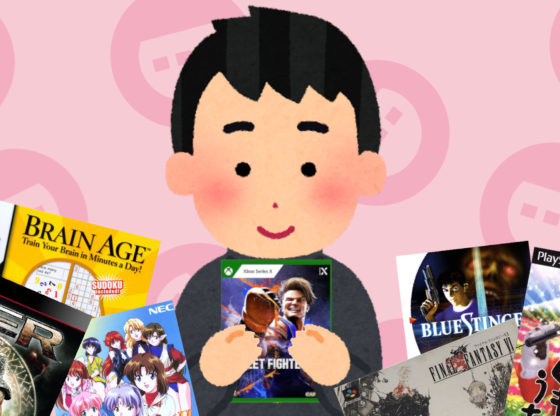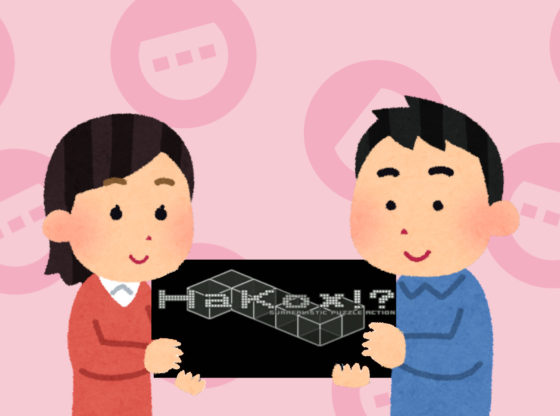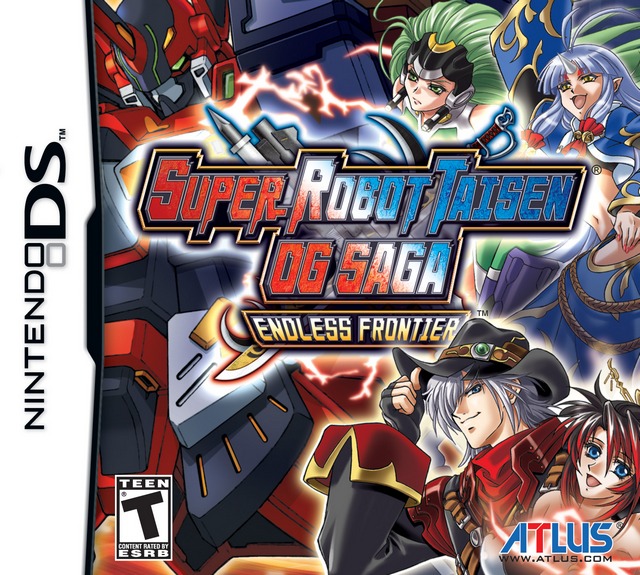
Developer Monolith Software, known for their Xeno series, isn’t exactly in the best position for getting their titles localized outside of Japan. Monolith Software is mostly owned by Nintendo. And when Nintendo looks at games to localize, they generally bring over their huge franchise names and maybe one or two smaller titles. So Nintendo published Monolith titles have little to no chance at ever getting localized. Namco Bandai holds some ownership of Monolith Software as well… but they don’t even localize entries in some of their biggest franchises. *cough* Tales*cough*. Thankfully, Namco Bandai is willing to let other publishers localize titles they skipped over. And through that, Monolith Software’s Super Robot Taisen OG Saga: Endless Frontier was brought to North America (sorry Europe), thanks to Atlus.
Super Robot Taisen OG Saga: Endless Frontier is a Japanese RPG with guns, robots, women, boobs, robo-boobs, and “suggestive themes” with that last one being pulled from the ESRB listing. Taking a quick glance at the title, it looks, and sounds like a lot like an early 90’s Japanese RPGs, with generic anime art style, sprites, and a completely over the top sound track. But there are two big things that keep Endless Frontier from being just a simple a love letter.
As with many Monolith Software titles, the battle system is the high point of Endless Frontier. The battles are turn based and feature the standard menus you would expect to find in any RPG, with spells, skills, and more. But once you go into attack mode, the menus disappear and it is only you, the opponent, and the A button. Using customizable move sets and combos, players time attacks to juggle enemies in the air using only the A button. If the enemy touches the ground, they have a chance to guard the next few hits or completely interrupt the attack ending the player’s turn. It is a simple concept. But when you start considering enemy weight, it gets a bit more challenging trying to time your attacks.
As players attack, they fill up a gauge called the Frontier Gauge. Once at 100%, players can pull of a devastating special move complete with fancy overlaying character animations. This gauge can also be filled using items or by pulling off specific attacks or combos. Usually, the higher damage an attack does, the less it will fill up the gauge. So players need to find a balance dealing steady damage and building up the Frontier Gauge. There are other special moves you gain later on. But unlike the Frontier attacks, these moves cannot be chained with other attacks. The bulk of your damage seems to come from normal attacks and Frontier attacks, so using moves that can’t be chained feels pointless.
As you continue through the game, more of the battle system’s functions open up, including switching characters mid combo, support characters, and more attacks for you to customize each character’s move set with. The constant stream of new features helps keep the battle system fresh throughout most of the adventure, without cluttering up the battle system.
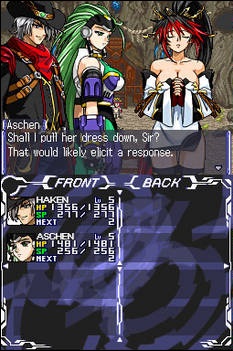
The second high point of Endless Frontier is the dialogue. The entire game is filled sexual, but creative, comments. Anything that can be taken suggestively is taken suggestively. And almost every time characters address one another, they make jabs at each others’ wardrobe, figure, and attitude. Occasionally, some of puns start wearing thin. But once things start getting old, a new element is added to to freshen a previously old joke.
Despite not being able to personally compare Endless Frontier’s localization to the original language, it is pretty obvious that Atlus did an fantastic job.
On the story side, Monolith Software crafted Endless Frontier as a bit of a love letter to their fans. Xenosaga’s KOS-MOS shows up along with her own story arc. And those familiar with the Japanese only Namco X Capcom will recognize Reiji and Xiamou, along with their nemesis Saya.
But all is not sugar plums and lollipops here, or thighs and breasts sticking with suggestive themes of the title. Early on, where you need to go and what you need to do is quite confusing until you get a grasp of the world. The story, despite having excellent dialogue and some lovely fan service, is incredibly average and has a pretty anti-climatic ending.
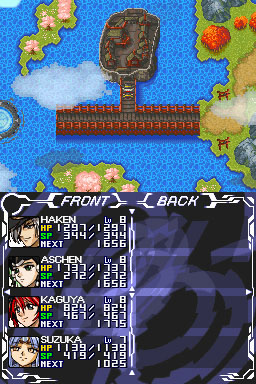
Endless Frontier’s visuals aren’t exactly stellar either. The generic anime art style fits the overall style well, but won’t appeal to all. Visually, it pretty much pulls off what is to be expected of a Gameboy Advance title and not much more. Character and enemy sprites are often recycled at horrendous rates. Some of these encounters play into the story, but expect to run into the same enemies a lot.
Another downside is the amount of content in Endless Frontier. The title clocks in at about 30 hours, which is on the short side for an RPG. Then, after you beat the game, there is little left to do aside from grinding for fun. So if you want your RPG to have some legs, Endless Frontier will not provide that.
Despite some problems, Endless Frontier adds up to be far from a bad game. Monolith Software crafted a entertaining and engaging battle system. And when you aren’t mashing the A button and juggling enemies, things are kept quite spicy with plenty of entertaining dialogue. Endless Frontier is far from the best RPG on the Nintendo DS, but the battle system and dialogue are unique enough to make Endless Frontier stand out in the sea of RPGs on the system. Just don’t expect the adventure to last very long.
Score: 8.1
Pros:
- Unique and entertaining battle system that keeps players engaged
- Witty writing that stays fresh the whole experience
- Over the top early 90’s style soundtrack
- Story features some fun cross overs for Monolith Software fans (Oh, that’s me :3c)
Cons:
- Poor Gameboy Advance level visuals
- Weak story with an even weaker climax
- Main story clocks in a bit short for most RPGs
- Little to no content after the credits roll

